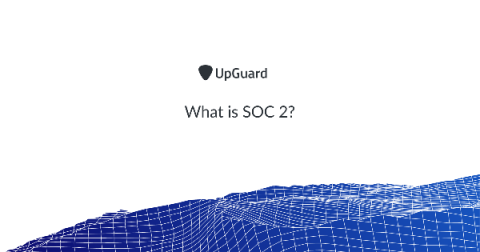5 Container Security Risks Every Company Faces
Over the course of the past 10 years, traditional application development methodology (waterfall) has given way in favor of the more agile DevOps-centric methodologies focused on continuous delivery and continuous deployment. This trend was turbocharged in 2013 when Docker containers came onto the scene and ushered in the proverbial crossing of the chasm in container adoption. A recent Tripwire study revealed that 87% of surveyed organizations had containers deployed in production.








